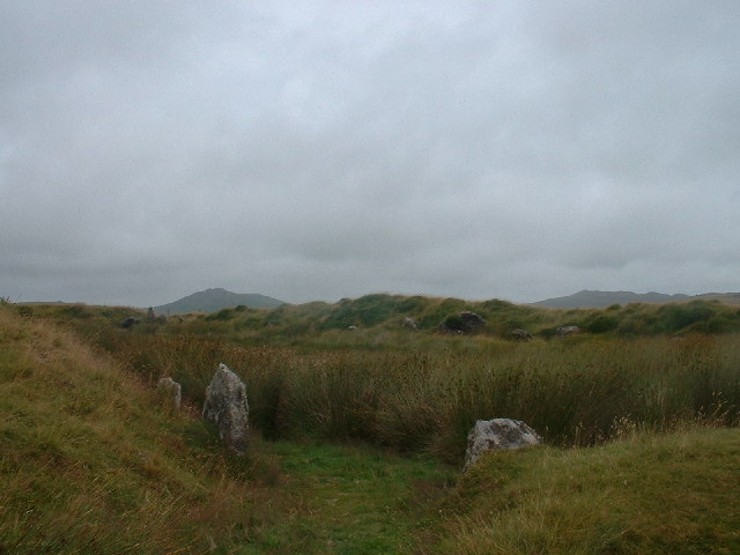Velmi zajímavé čtení. Co všechno tehdy lidé dokázali bez těžké techniky, jen s pomocí jednoduché páky, nakloněné roviny a podobných technik.
Confirmed: the Hall of King Arthur dates back to the Stone Age
Categories: Castles, strongholds and extinct places , Nálezy nejenom s detektorem ve Velké Británii a Irsku

The latest research at a historic site in Cornwall associated with the legends of King Arthur is actually 4,000 years older than previously thought. According to the government's heritage body Historic England, the findings from the excavation of 'King Arthur's Hall' on Bodmin Moor are the first to confirm the prehistoric history of the site.
The rectangular structure with ramparts and stones around its perimeter was previously thought to be a medieval animal enclosure. New findings have pushed it back to the Neolithic period. Nothing similar is known in Britain or elsewhere. The original purpose is still a mystery to scientists: 'There is nowhere else. Nothing like it was built at that time or subsequently in prehistoric times - a rectangular area with a mound and stone setting in the interior. There is no other parallel," said lead archaeologist James Gossip.
Even in the past, experts suspected the site was much older. Particularly because of the stones standing around it. But it's only new research that's confirmed the suspicions. Samples from the monument, including pollen, insects and parasite eggs, have been radiocarbon dated. The scientists combined the results with other dating techniques, such as OSL - optically stimulated luminescence. The date of origin was fairly accurately determined between 5,500 and 5,000 BC.
"Archaeologists will now have to rethink our understanding of the prehistoric landscape of Bodmin Moor," said Dr Tim Kinnaird of the University of St Andrews. "It is hugely exciting that we have finally been able to date the construction of this mysterious monument, which was previously based on myth and legend."
The 49 x 21 metre enclosure is internally lined with 56 standing stones up to 1.8 metres high. Geological research into the stones has confirmed that they come "from within 250m of the site and were dug from the ground rather than being from a more distant torus," according to Historic England.
"The site has been used and modernised at various times in its history, up to the medieval period," explained James Gossip of the CAU. "Knowing when King Arthur's Hall was built will help us better understand this unique monument. What its purpose was and how it may have been used over time," he added.
"The wild, remote landscape of Bodmin Moor has inspired legends for centuries. But this extraordinary new discovery shows how science can also yield stories that are just as fascinating," said Dr Rob Batchelor, Director of Archaeology at the University of Reading. "Further analysis of the sediment cores may reveal even more about what our Cornish ancestors were doing there. And also about their impact on the local environment," he concluded.
Local volunteers have been involved in the research with archaeologists from the Cornwall Archaeological Unit (CAU) since 2022. Two of them drew attention to the possible age of the site and the apparent inconsistencies with generally accepted opinion with their own amateur research and its publication a decade ago. The new archaeological survey started on their initiative and confirmed the initial indications.
The monument is now on the endangered register due to overgrown vegetation and the risk of erosion by visitors and livestock.
Sources: bbc.com, phys.org, historicengland.org.uk, theguardian.com
 Inside the building
Inside the building
 one of the menhirs in the hall
one of the menhirs in the hall
 Local volunteers also worked on the excavations
Local volunteers also worked on the excavations

 view from above
view from above
The article is included in categories:



